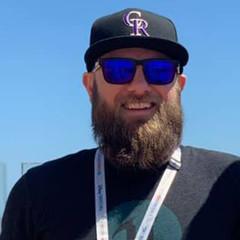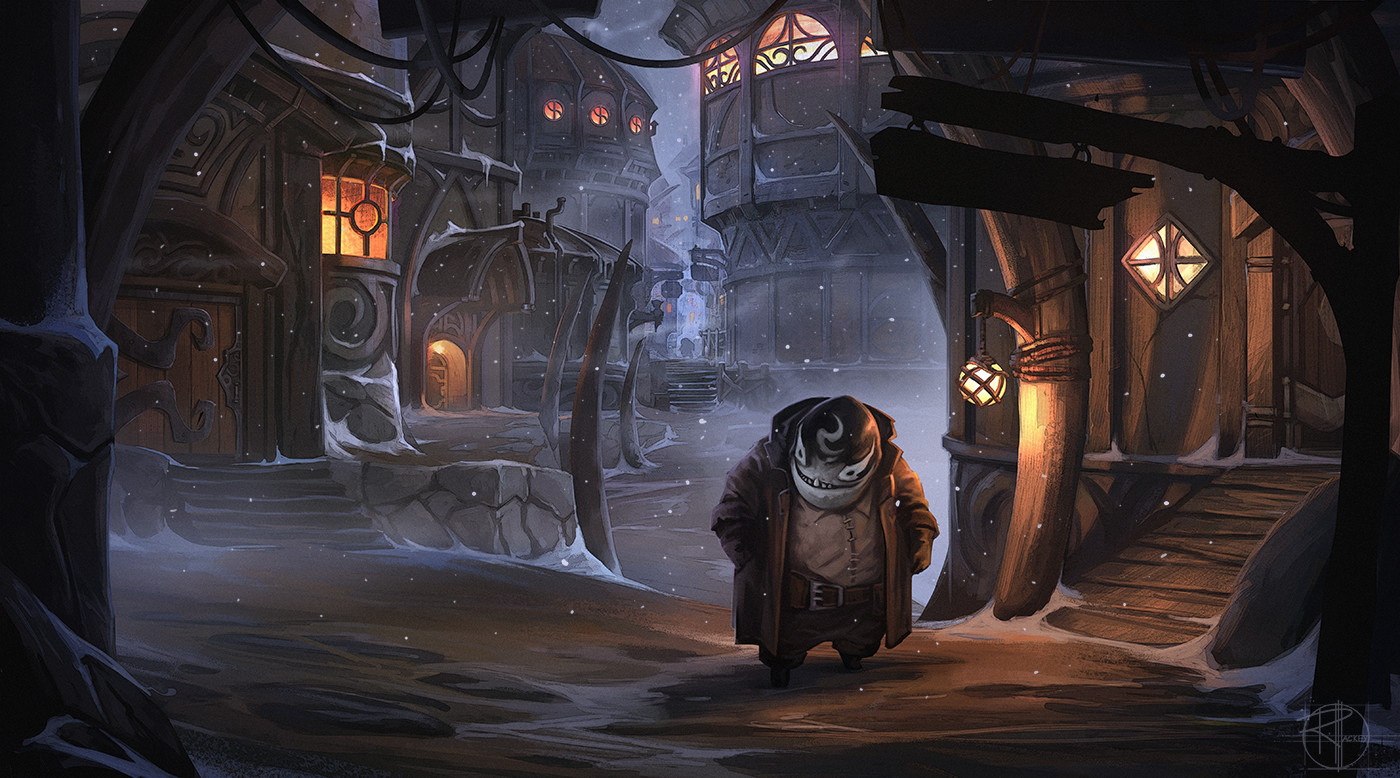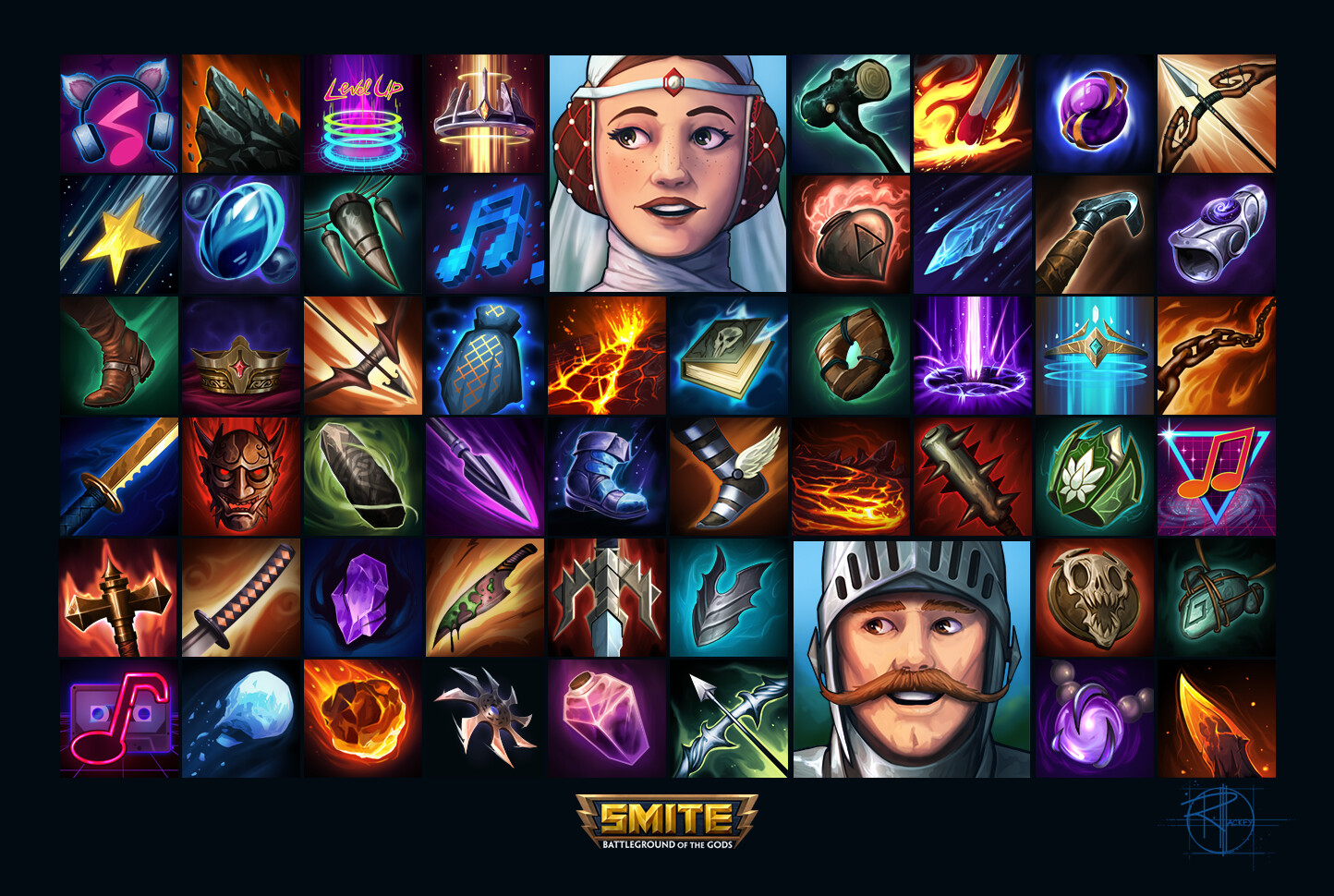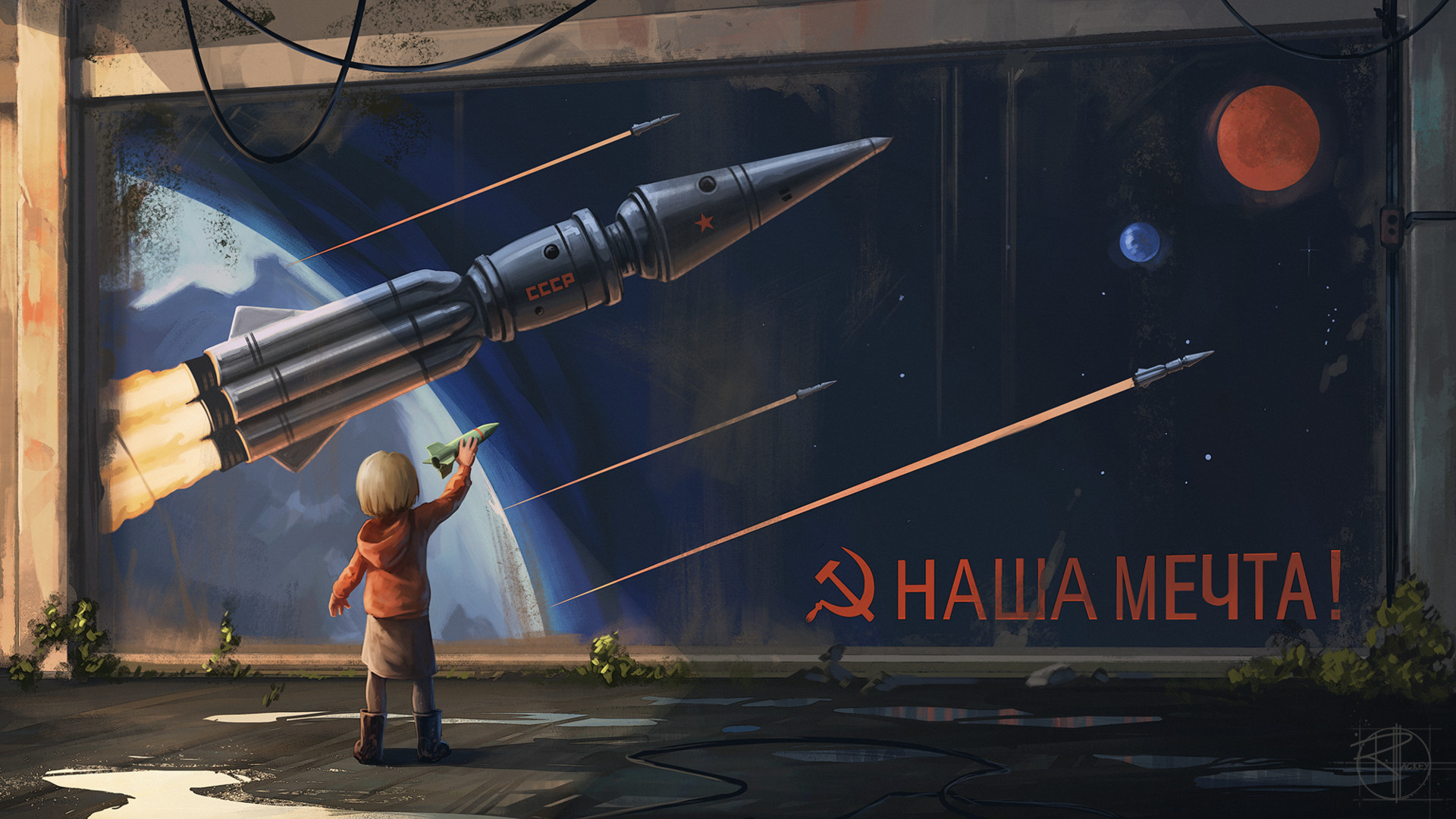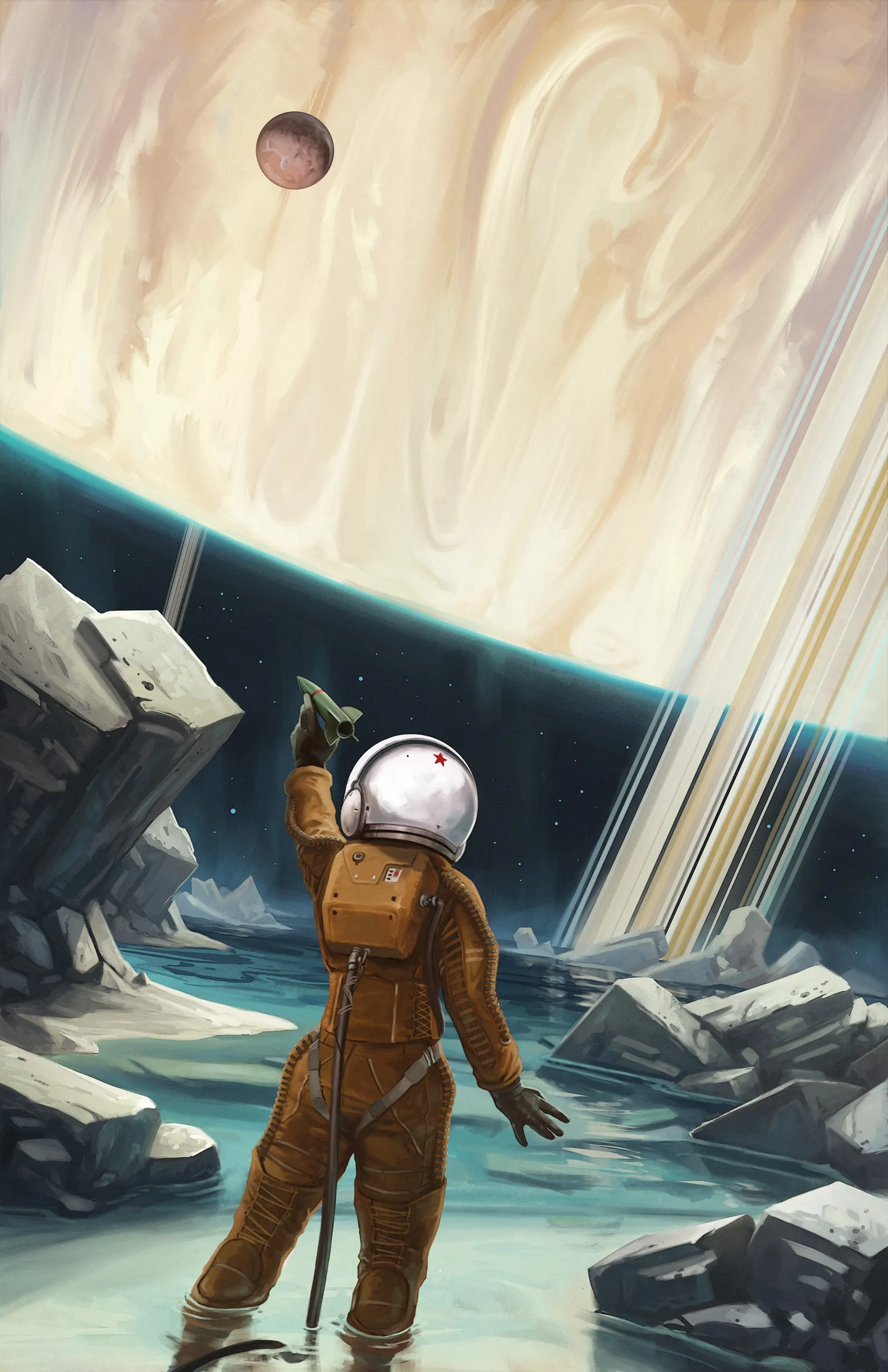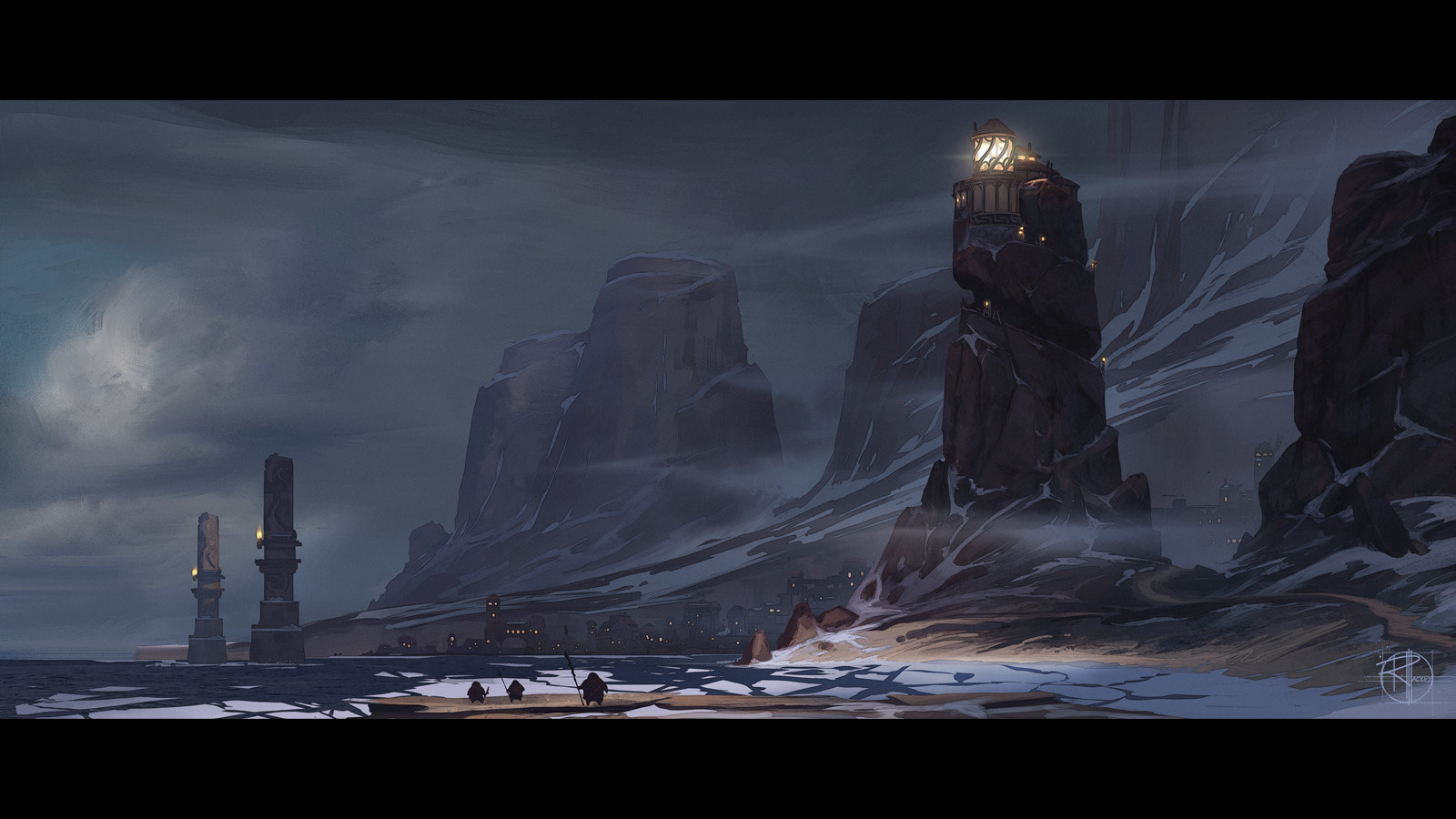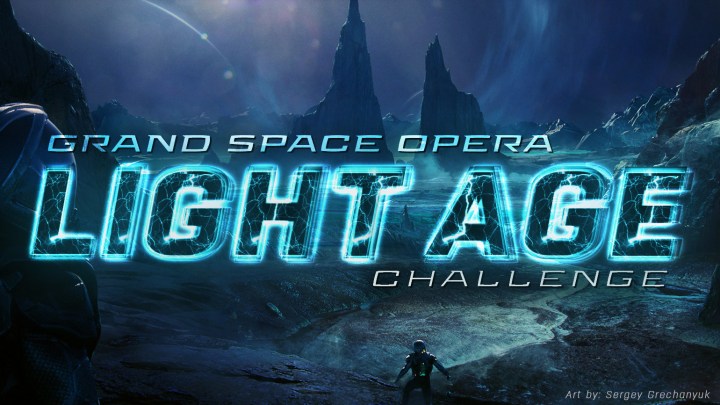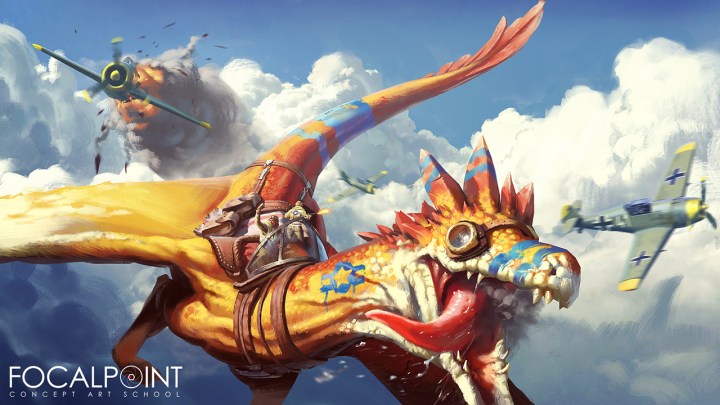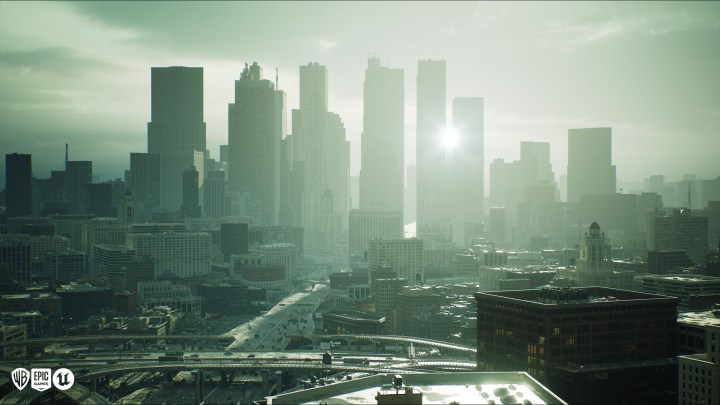Creating Hand-Painted Icons with Randall Mackey
On ArtStation Learning, concept artist Randall Mackey discusses the basics of creating legible and clear icons that properly compliment the gameplay. The course covers value and contrast, basic color conventions, and thinking of an ability kit as a whole. You’ll also be able to watch as he demonstrates creating a simple spell effect icon from start to finish.
Randall Mackey is a Colorado native with nearly a decade of experience working as a Concept Artist, Illustrator, and Art Director. Self-taught after spending almost 8 years in the US Army, he has been privileged enough to work for various clients such as Epic Games, Riot Games, EA, and Hi-Rez Studio.
How did you transition from the army to becoming an artist?
I have always drawn as a hobby, or to kill time. My uncle was working at Blizzard right around the time I joined the Army. He had sent me some Collector’s Editions for WoW and Warcraft 3. They had artbooks in them that I spent hours pouring over. At the same time, I picked up The Art of Star Wars, Episodes I and II, and learned the names of Doug Chiang, Iain McCaig, Ryan Church and others. I never thought that it was a field I could break into, so I joined the Army. When I was still on Active Duty, I started working as a tattoo artist, which I did for about 4 years.
There were actually some really good artists in the shop. That got me more into drawing and trying to level up my skills. I knew that if I wanted to get out of the Army (which I did, more than anything), I needed a career on the other side. Quickly, I grew weary of drawing on other people and all the grossness that that entails. I knew that I didn’t want to tattoo full time. At this time, I discovered all of the old school concept art forums and sites and realized that people were actually doing this, and it wasn’t just a handful of legends. So I applied to school online, first one semester at Art Institute, then a year at Academy of Art University, and I picked up a drawing tablet. I quickly realized that school was going to be super expensive and especially since I was doing the online version, I didn’t feel the payoff was much that I couldn’t figure out on my own. I dropped out, picked up some books, and spent every free minute drawing.
There isn’t much free time when you are in the Army, but I pulled out my laptop and tablet, putting in hundreds and thousands of hours the last couple of years that I was in. I frequently stayed up all night to get art done and was drawing every night of my deployment to Haiti. When I got out, I just kept doing that. I got my first real big break about 7 months after I got out of the Army as a Concept Artist on SimCity. I have been gainfully employed since then!
Behind the course:
I had met some of the Riot team at GDC as I was wrapping SimCity, and League was really blowing up. I did a personal project where I designed a champ and as part of that, I had painted the icons for the character. A friend who was at Riot at the time showed the team and I ended up getting freelance work on League of Legends painting icons. I painted so many different icons for them and learned a LOT while working with them. If you have played League, you have seen something I painted.
After working with them for almost 2 years, I got hired to work on Smite with the team at Hi-Rez. I worked on Smite and Paladins for almost 5 years, split between in house and contract. I did a lot of different things with them, but my bread and butter were icons. At no point did I ever say to myself “I want to be The Icon Guy” but I found a niche and learned as much as I could. Painting hundreds of icons forced me to adjust my thinking in a couple of key areas.
I noticed that there is a need for art in areas that might be less attractive than the high profile AAA concept art or illustration and you should never look down on anything that can earn you money. Money will buy you the freedom to paint what you want in your own free time. This is especially important to remember as a freelancer.
The other great thing that happened is that I learned a lot about the other aspects of game making; Design, UI, esports, etc. I think that is also critical for concept artists to understand. Learn about the other fields in the industry. The more you know, the better you can do your job and serve the team that is depending on your designs.
Most memorable learning experience:
I remember when I first went to GDC, and all these ADs would look at my portfolio, and tell me I was almost there. They were super encouraging and positive. It felt great but it wasn’t true. I was bad. The other thing they did was give me pointers that were all contradictory to each other or based specifically on their company.
In another instance, years later, when I was at a Spectrum afterparty, I approached a well-known AD to simply introduce myself as a courtesy. This was not an AD I would ever have an interest in working for. My work was nowhere near aligned with their product or market. They literally dismissed my handshake and said that if I wanted a portfolio review, I would have to see them at the appropriate time. They made an assumption about their position and mine that was completely miscalculated and ended up being rude as a result. Because of this, I always tell young artists to be mindful of self-appointed “gatekeepers”, or ADs who just want to throw random advice out.
Early in my career, I had one AD just rip into my work. They told me I was years away from getting paid. So much so that it actually made me upset with him. I went home with an “I’ll show him” attitude and fixed a lot of the things in my work that he addressed, and made new pieces based on his feedback. I was painting from the Dark Side but I ended up getting work with that portfolio! I’ve thanked him many times over the years for his candidness. ADs are the ones who will hire you but take what they say with a grain of salt. Try to decipher if it is specific to them or their company, or general feedback that can help you level up and get a job where YOU want to work.
1 sentence of advice:
Get plugged in.
Whatever you can attend, attend. I got my work on SimCity, League of Legends and Smite all from friends I made at GDC. I have worked with/for some of the same people from those projects on other projects. You will almost never get blindly hired. So many people have said they can’t afford GDC, THU, LBX, etc. I couldn’t either, but the money I invested in going regularly came back 100x. You can’t afford to not go!
What excites you about being part of ArtStation Learning?
I dropped out of school because of the cost, rigidness, and useless time spent on things that I knew were irrelevant to where I was going as a concept artist. There was no way I couldn’t afford a lot of the online learning offerings at the time. I had 3 kids, 2 cars, and all kinds of responsibilities when I got out of the Army.
If ArtStation Learning had been around back then, I would have made that investment in a heartbeat. I am so excited that something like this exists now, for both the prospective artists and the pros who want to add new tools to their kit. As someone who came from the Army and as a pro with a number of AAA titles under my belt who benefits from the content on Learning, I can’t imagine why you wouldn’t be signed up and watching courses! There has never been anything like what Learning is and is becoming for artists. I couldn’t be more excited to be paying it forward and sharing some of what I have picked up over the years.
ArtStation Learning courses are included in all ArtStation premium subscriptions. Find out more >
See more about Randall here.
